CARING WITH FAMILY
|
| The level of affection a breed may show towards family members or familiar individuals can vary. Certain breeds may reserve their warmth exclusively for their owner, whereas other breeds warmly extend their friendship to all known acquaintances. |
LOVE WITH CHILDREN
Unwise
Good With Children
|
| When evaluating a dog breed's affinity for family life, consider its capacity to tolerate and remain patient with the behaviors of youngsters. Ensure that dogs are consistently observed around children particularly those who haven't spent much time around these furry friends. |
BEHAVIOR WITH DOGS
Unwise
Good With Other Dogs
|
| Each breed exhibits a unique level of sociability toward its canine counterparts. Always oversee introductions and interactions with new dogs keeping in mind that some breeds possess an innate ability to get along with other dogs in the household or during outdoor excursions. |
SHEDDING LEVELS & MANAGEMENT
No Shedding
Hair Everywhere
|
| The amount of fur and hair that will be shed by the breed is something to consider. Breeds that shed a lot typically require more regular brushing. They also have a higher likelihood of activating specific allergies and may necessitate more frequent vacuuming and the use of lint rollers to manage fur around the home. |
COAT GROOMING STANDARDS
|
| The grooming routine for a breed, including how often they need baths, brushing, trimming or other forms of coat upkeep is an important factor. Reflect on the amount of time, energy and financial resources you're willing to allocate for this care as you evaluate the necessary grooming commitment. Keep in mind that nail trimming is a basic necessity for all breeds. |
DROOLING INTENSITY
Less Likely to Drool
Always Have a Towel
|
| The tendency of a breed to drool is worth considering. If you prefer things to be very tidy choosing a dog that is known to deposit slobbery trails on your arm or large damp patches on your garments might not be in alignment with your lifestyle. |
COAT STYLES GUIDE |
| Double |
| COAT SPECTRUM |
| Long |
FRIENDLINESS
Reserved
Everyone Is My Best Friend
|
| The friendliness of a breed towards unfamiliar faces is a notable trait. While some breeds may naturally exhibit a reserved or wary disposition toward strangers irrespective of the setting, others are consistently effusive and eager to greet new people whenever the opportunity arises. |
LIVELINESS
Only When You Want To Play
Non-Stop
|
| The playfulness of a breed can extend well beyond their puppy years. Certain breeds retain a zest for energetic games like tug-of-war or fetch as they mature, while others tend to adopt a more laid-back lifestyle content to spend the majority of their time lounging on the sofa beside you. |
VIGILANCE INTENSITY
What's Mine Is Yours
Vigilant
|
| The inclination of a breed to notify you about the presence of newcomers is something to be aware of. Such breeds generally have a heightened sense of alert responding to perceived dangers be it the arrival of the mail carrier or the sighting of a squirrel outside. However, these same breeds will often quickly warm up to new individuals who enter your home provided they are welcomed by you and your family. |
ADAPTATION CAPACITY
Lives For Routine
Highly Adaptable
|
| The adaptability of a breed to change is an important characteristic to consider. This encompasses their ability to adjust to different living environments, variations in noise levels, weather fluctuations, shifts in daily routines and other everyday changes that may occur. |
OBEDIENCE LEVEL
Self-Willed
Eager to Please
|
| The trainability of a dog breed is a key factor in your pet's ability to learn and embrace new tasks. Certain breeds are naturally eager to please their owners and take pride in learning, whereas other breeds may display a more independent streak preferring to follow their whims whenever and wherever the mood strikes them. |
STAMINA LEVEL
|
| The exercise and mental engagement requirements of a breed are crucial to consider. Breeds brimming with vigor are perpetually on standby for the next escapade often seen running, leaping, and actively playing as the day unfolds. On the flip side, breeds with more subdued energy levels tend to embody the couch potato lifestyle contentedly lounging and dozing the day away. |
VOCALIZATION
|
| Medium |
LEARNING CURIOSITY LEVEL
Happy to Lounge
Needs a Job or Activity
|
| The level of mental exercise a breed necessitates to remain content and in good health is an important aspect to consider. Dogs that have been bred for specific tasks often thrive on activities that demand decision-making, problem-solving and focus. If they don't receive the cerebral workouts they need, they're likely to invent their own tasks as a means of keeping their minds occupied. Bear in mind, the “projects” they come up with may not align with your own preferences for household activities. |
| COLORS |
|
Description
|
Registration Code
|
|
Yellow
|
232
|
|
Red
|
140
|
|
Reddish Brown
|
159
|
|
Sandy
|
168
|
|
| PATTERNS |
|
Description
|
Registration Code
|
|
Black Mask
|
004
|
|



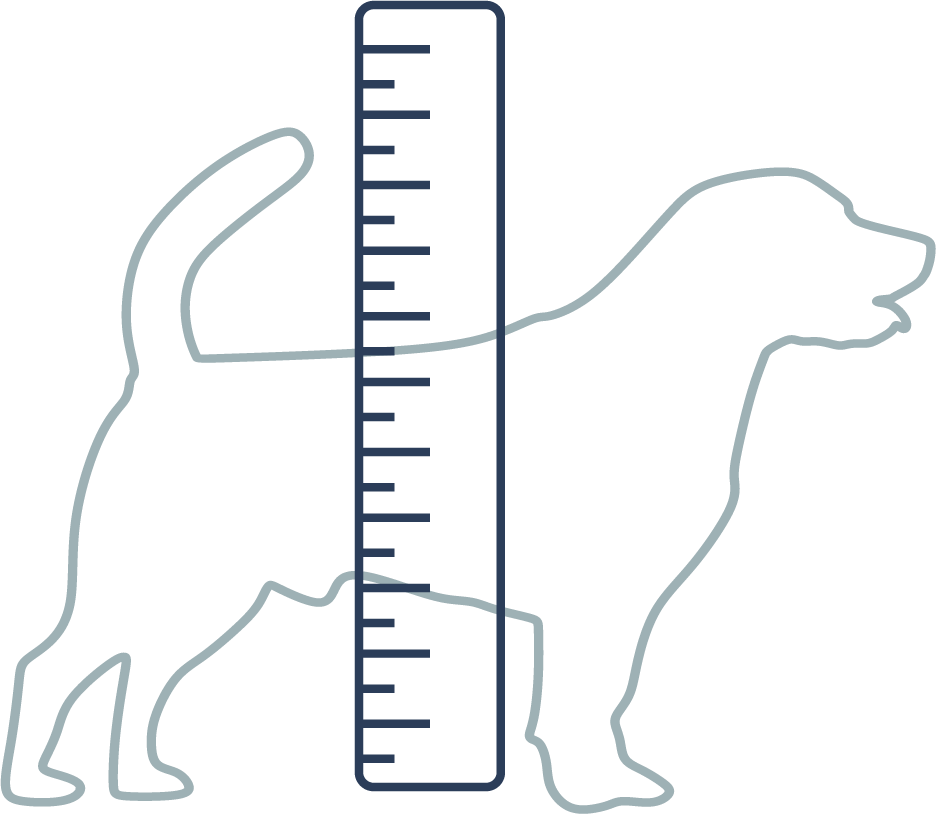
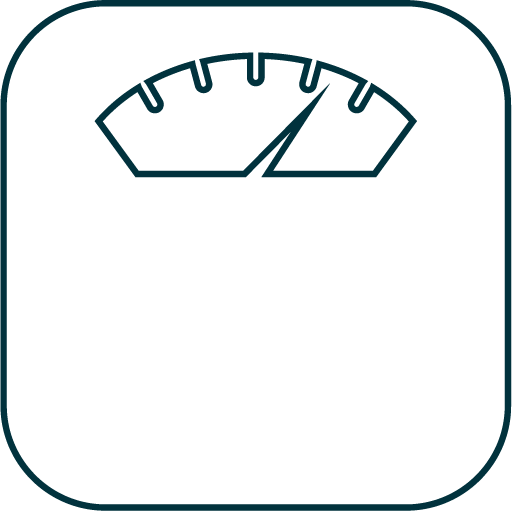

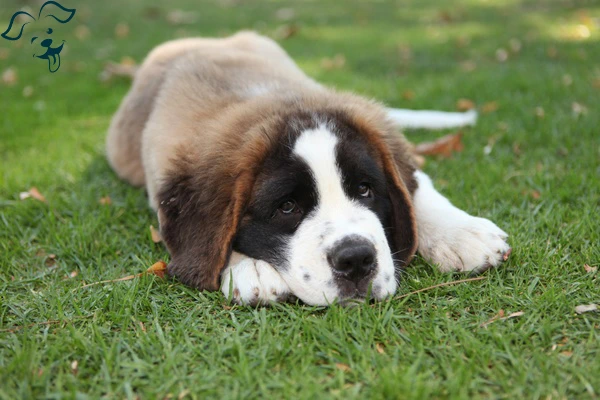
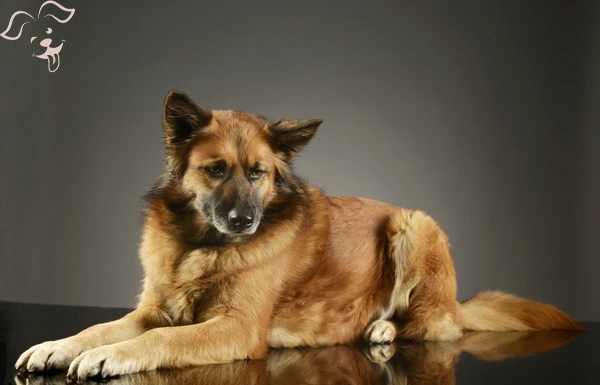
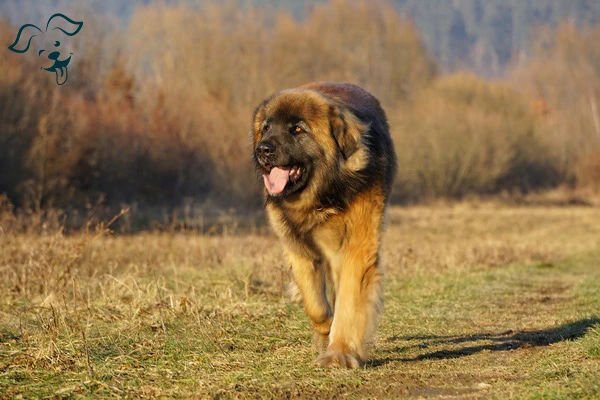
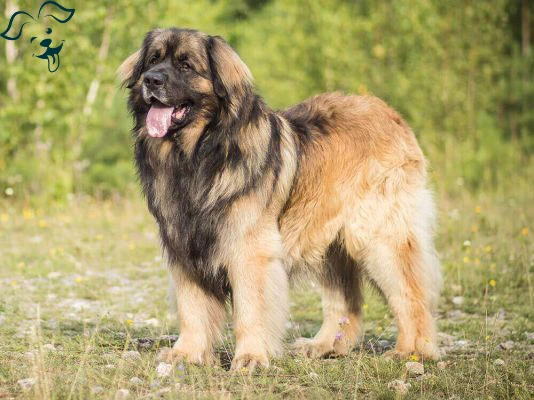





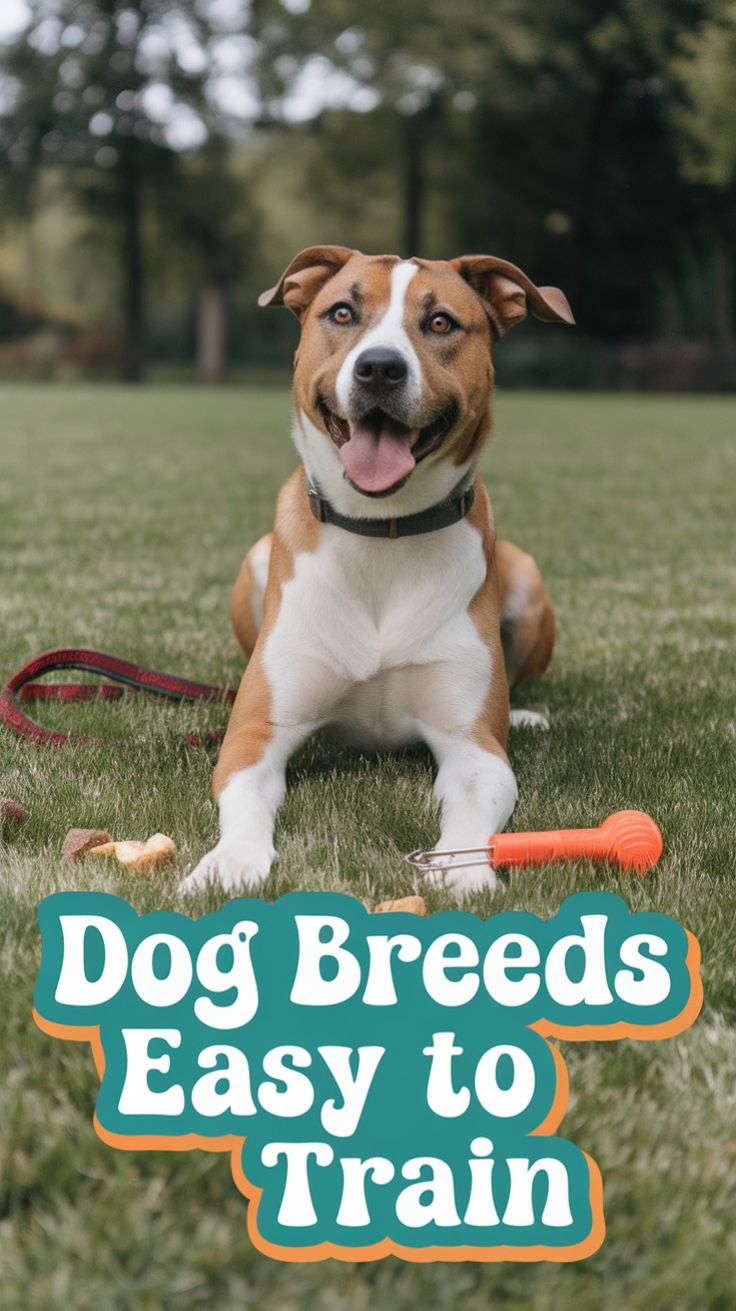
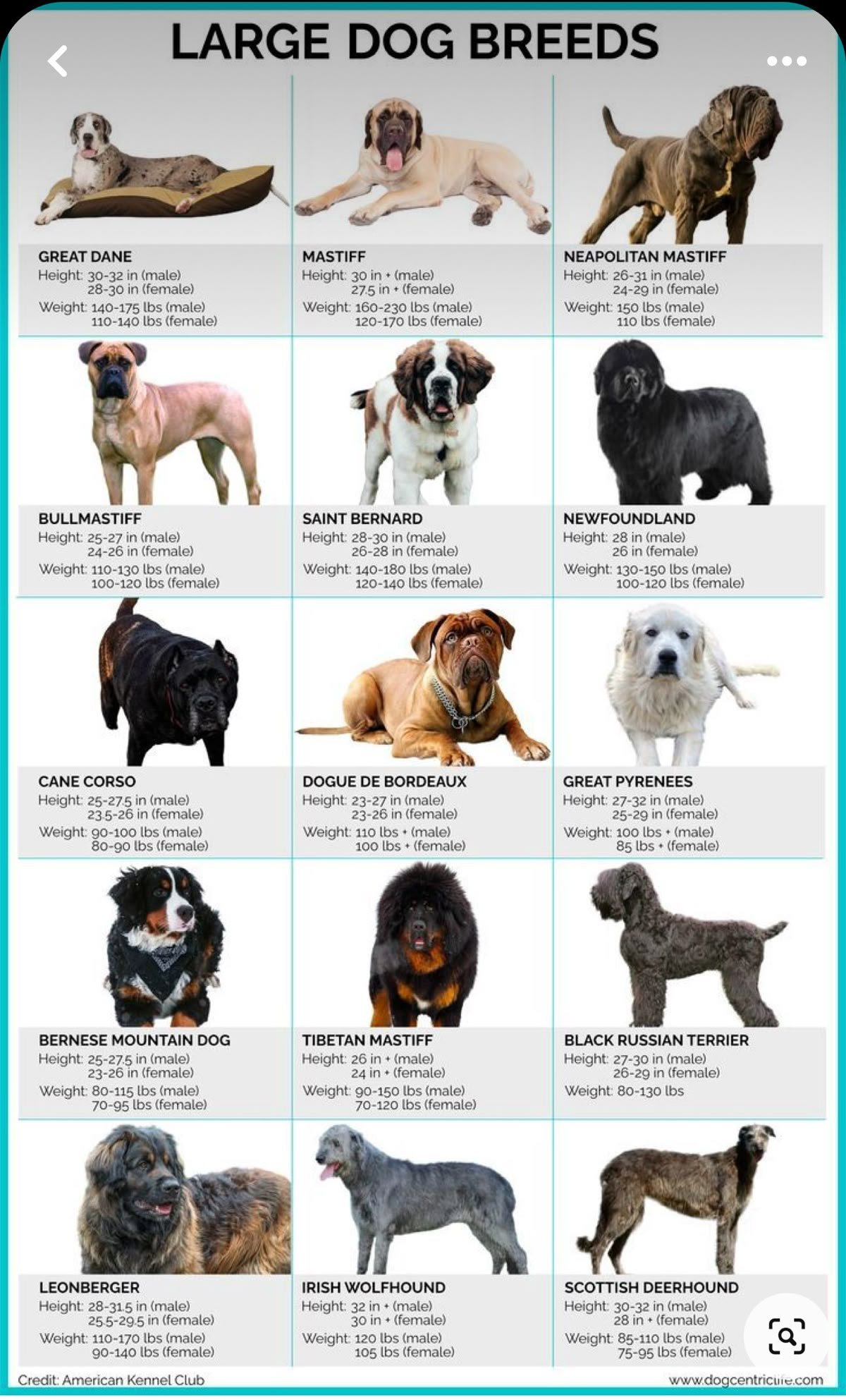



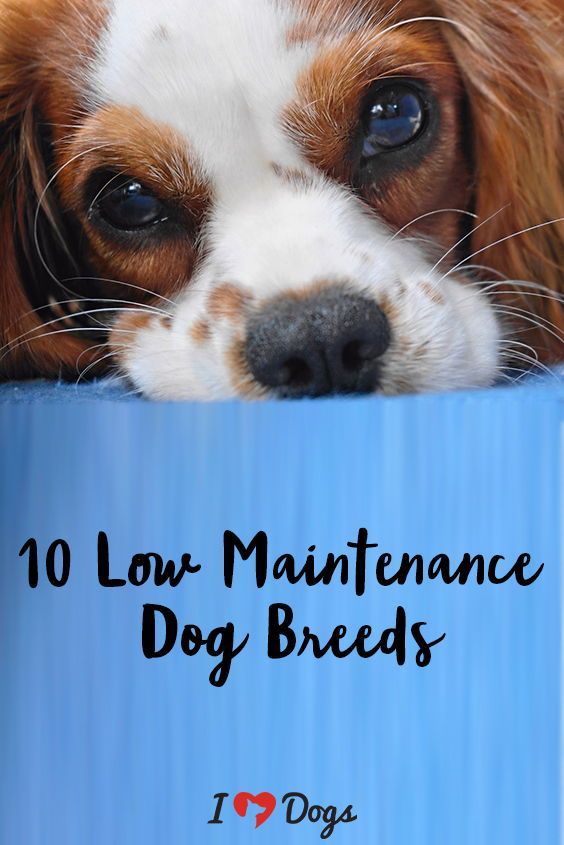
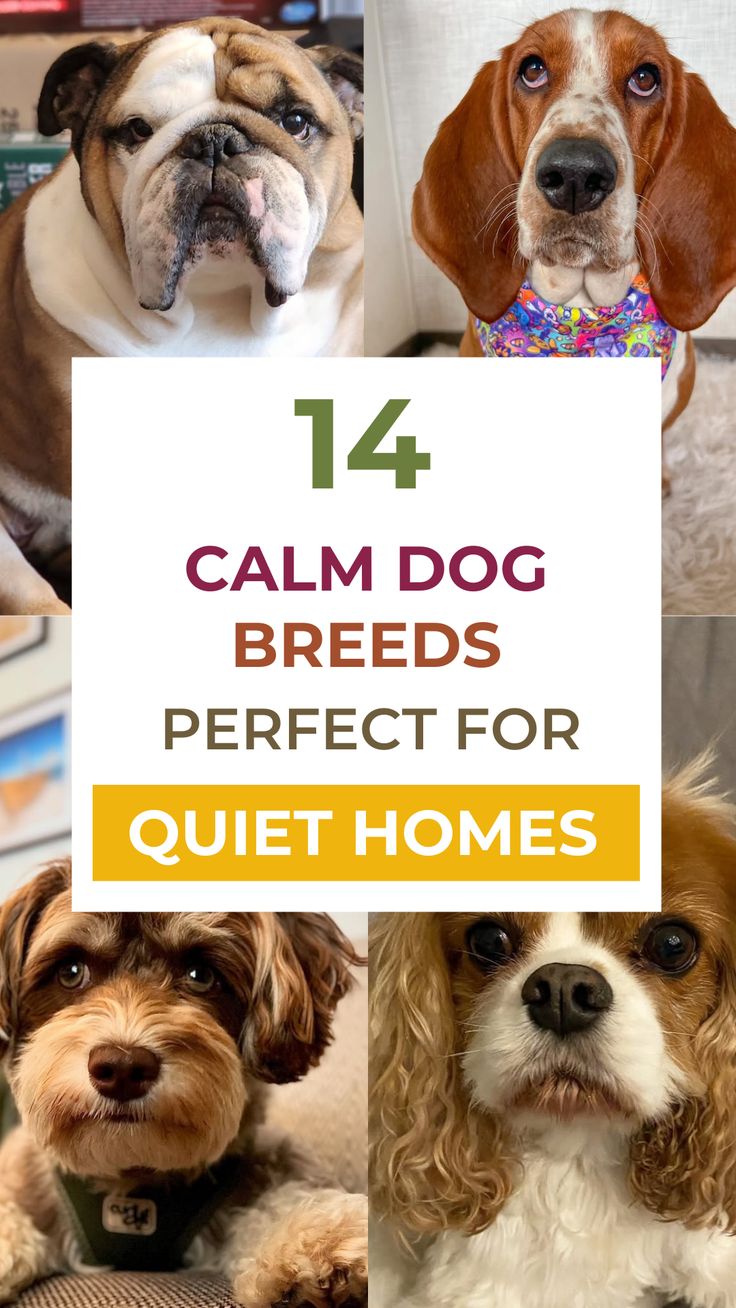

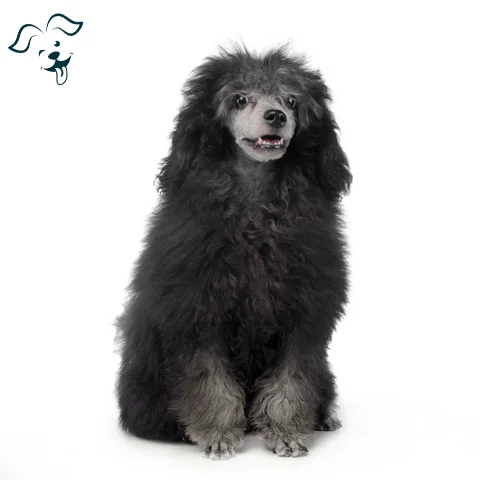


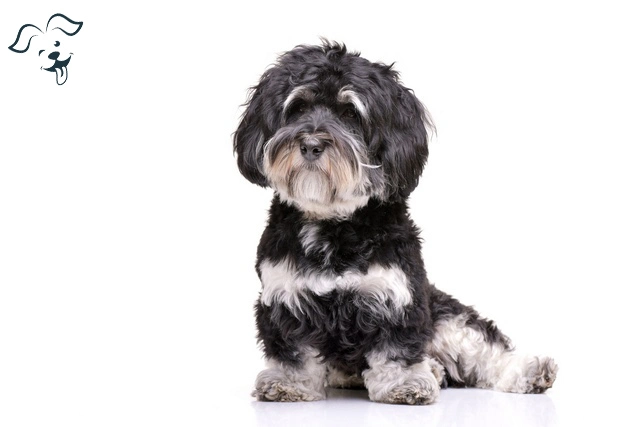
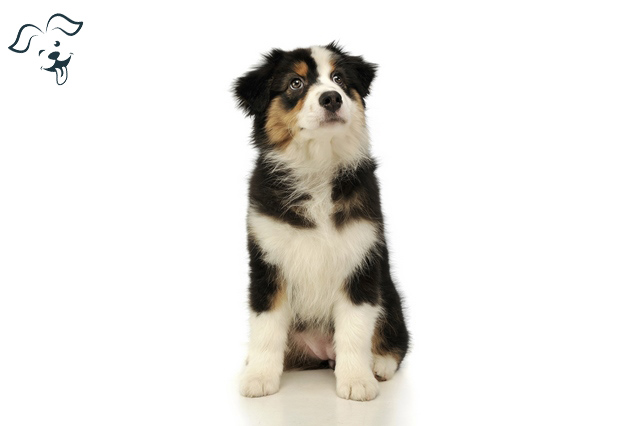

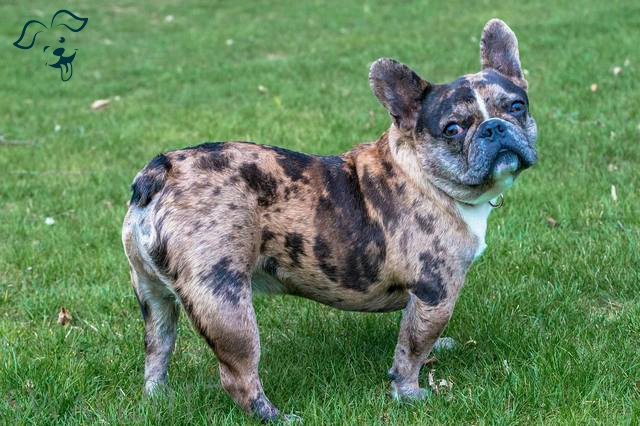
FRIENDLINESS
LIVELINESS
VIGILANCE INTENSITY
ADAPTATION CAPACITY